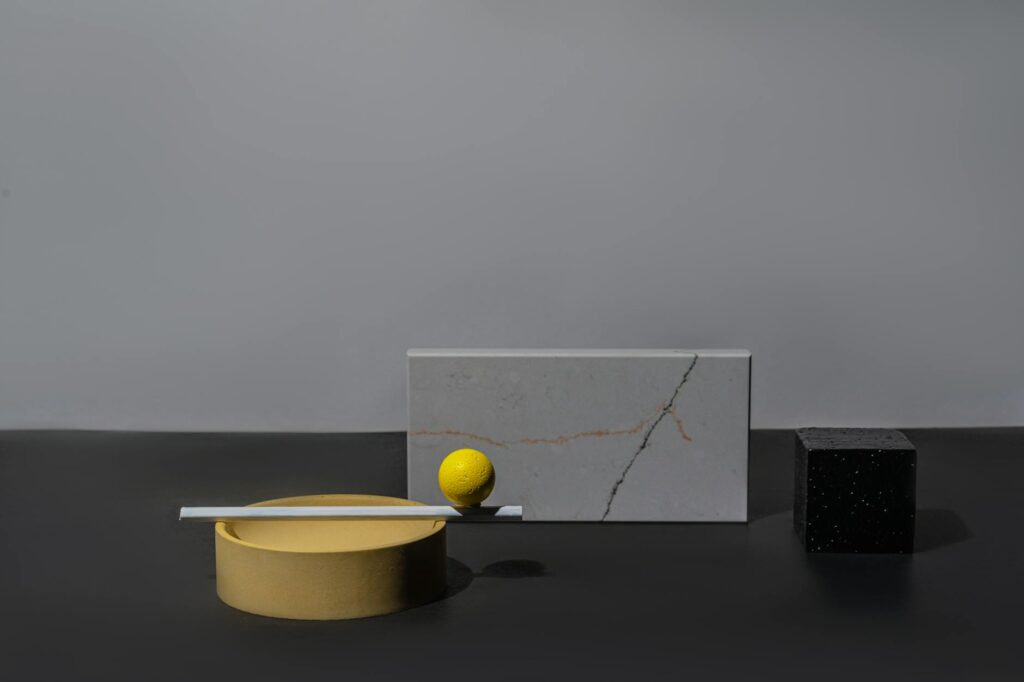What is minimalism principles?

What is minimalism principles?
Minimalism principles embody a lifestyle choice that emphasizes simplicity and a focus on what truly matters in life. By stripping away the unnecessary, we can concentrate our efforts on the essential aspects of our lives, fostering increased productivity and personal development. In a world overloaded with distractions, minimalism offers a refreshing approach that encourages intentional living and mindful consumption.
Understanding Minimalism Principles
To truly grasp minimalism principles, we need to look beyond the surface. It’s not just about getting rid of things; it’s about creating space for what’s significant.
Definition of Minimalism
At its core, minimalism is the art of living with less. It means intentionally promoting the things we value most while removing distractions that clutter our lives. This can apply to physical possessions, time management, and even mental space. Minimalism is about quality over quantity—focusing on experiences and relationships rather than accumulating stuff.
Historical Background
The origins of minimalism can be traced back to the mid-20th century, where it emerged as an art and design movement. Artists and designers sought to strip away the excess, focusing on simplicity and function. Over the years, minimalism evolved from a mere aesthetic into a lifestyle choice. Many people began adopting minimalism as a way to combat consumerism and to lead more fulfilling lives. The contemporary minimalist movement draws inspiration from Zen philosophy, which emphasizes mindfulness and intentionality, urging individuals to find beauty in simplicity.

Photo by Mikhail Nilov
Core Principles of Minimalism
Understanding the core principles of minimalism is crucial for anyone looking to embrace this lifestyle. Here are the main tenets that define minimalism:
Simplicity
Simplicity is at the heart of minimalism principles. It encourages you to simplify your life by eliminating distractions and focusing on what brings you joy and fulfillment. It’s about creating a living environment that nurtures rather than overwhelms. Imagine walking into a room that feels serene and uncluttered; that’s the essence of simplicity in minimalism.
Intentional Living
Intentionality plays a pivotal role in minimalism. It compels you to make conscious choices about your possessions and how you spend your time. Each decision, from what to purchase to how to spend your weekends, should align with your values and goals. This shift fosters a deeper connection to the things and people in your life, making every moment more meaningful.
Focus on Quality over Quantity
Minimalism advocates for prioritizing quality experiences and items. Rather than collecting a multitude of items, minimalists seek out fewer, higher-quality possessions that serve a purpose or bring joy. Think of it this way: owning a few well-chosen books that inspire you is far more meaningful than a shelf full of unread novels.
Benefits of Embracing Minimalism Principles
Adopting minimalism principles can lead to transformative changes in your life. Here are some significant benefits:
Enhanced Productivity
When you declutter your environment—both physically and mentally—you create space for focus. A minimalist lifestyle reduces distractions, allowing for greater concentration and productivity. You’ll find that you can complete tasks more efficiently when you’re not surrounded by chaos.
Improved Mental Well-being
Minimalism can have profound effects on your mental health. By reducing clutter and simplifying your life, you may experience less stress and anxiety. It’s easier to think clearly and feel grounded when your surroundings are organized. Many have noted that embracing minimalism leads to greater happiness and peace of mind.
Better Time Management
Minimalism encourages effective time management by prompting you to evaluate how you spend your days. By focusing on what truly matters, you can allocate your time more wisely. You’ll spend less time managing possessions and more time engaging in activities that enrich your life.
Practical Steps to Implement Minimalism Principles
If you’re ready to embrace minimalism, here are some practical steps to get started:
Decluttering Your Space
One of the first steps in implementing minimalism principles is to declutter your physical space. Start small—choose one area, like a drawer or a closet. Evaluate each item’s value and purpose, and let go of anything that doesn’t serve you. If you’re unsure where to begin, check out guidelines on decluttering your space.
Digital Minimalism
In today’s digital age, practicing digital minimalism is just as crucial as decluttering your physical space. Take stock of your digital life—unsubscribe from unnecessary emails, delete unused apps, and organize your files. This helps reduce distractions and promotes a more serene digital environment.
Mindful Consumption
Embrace mindful consumption by being intentional about what you bring into your life. Before making a purchase, ask yourself if the item aligns with your values and if it will enhance your life. This practice helps prevent impulse buying and encourages a more sustainable approach to possessions.
Conclusion: The Journey Towards Minimalism
Embracing minimalism principles can be a transformative journey towards a more meaningful life. By focusing on simplicity, intentional living, and quality, you can reduce stress, enhance productivity, and gain a renewed sense of purpose. Reflect on how minimalism principles can fit into your life, and consider taking that first step towards a simpler and more fulfilling existence. Remember, it’s not just about what you remove, but what you make room for in the process.